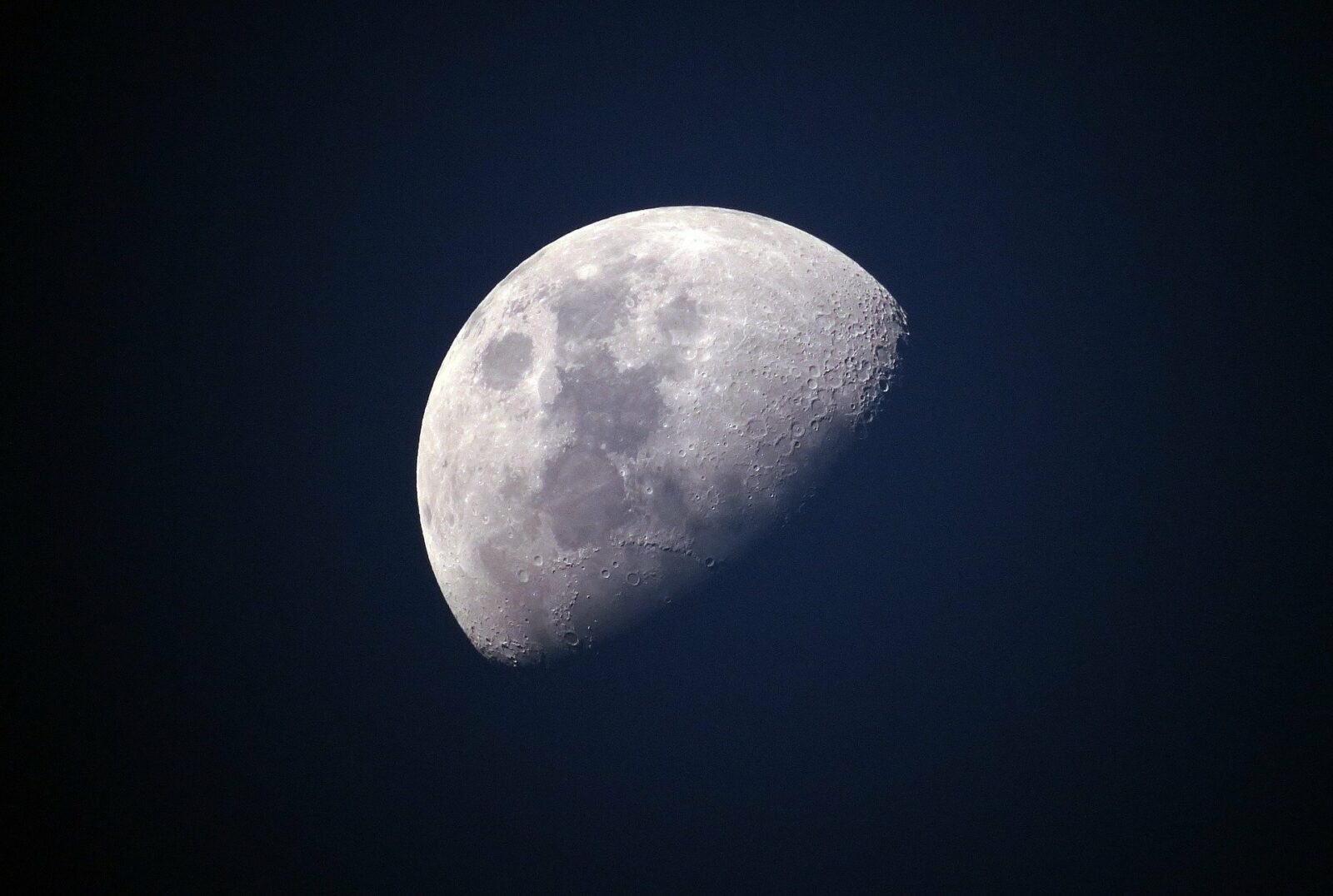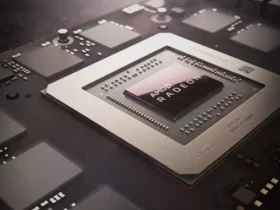An examination of lunar materials that were brought back from the moon by China’s Chang’e 5 mission has created a new theory regarding the volcanism that occurred on the moon in its more recent past. The lunar samples that were brought back by the Apollo and Luna missions are all older than around 3 billion years, however, the samples that were brought back by Chang’e 5 in late 2020 proved that the rocks in the area were very young, just 2 billion years old.
New Chang’e-5 data that was released in Nature seems to have disproved the hypotheses that researchers previously held that a relatively high water content or the existence of radioactive, heat-producing materials in the lunar interior would have fueled volcanism in the advanced stages of the moon’s life in some locations. These hypotheses were held by scientists before the new Chang’e-5 data was revealed.
Scientists from the Institute of Geology and Geophysics of the Chinese Academy of Sciences (IGGCAS), led by Chen Yi, discovered that a lower melting point for portions of the lunar mantle may be due to the existence of fusible, easily melted components, which led to young volcanic activity on the moon.
In order to make a direct comparison between 27 samples of Chang’e 5 basalt clasts and Apollo basalts, the researchers carried out a series of fractional crystallization as well as lunar mantle melting models. They discovered that the juvenile magma brought back by Chang’e 5 had higher concentrations of calcium oxide and titanium dioxide than the older magmas brought back by Apollo. Late-stage lunar magma ocean cumulates, which are rich in calcium and titanium and are easier to melt than early cumulates, have been shown to contain these elements.
The study provides proof for the first plausible method to account for youthful volcanism on the Moon. This mechanism is compatible with the samples that were just returned by Chang’e 5, and it could contribute to a better understanding of the thermal and magmatic development of the Moon.













Leave a Reply